Banknotes
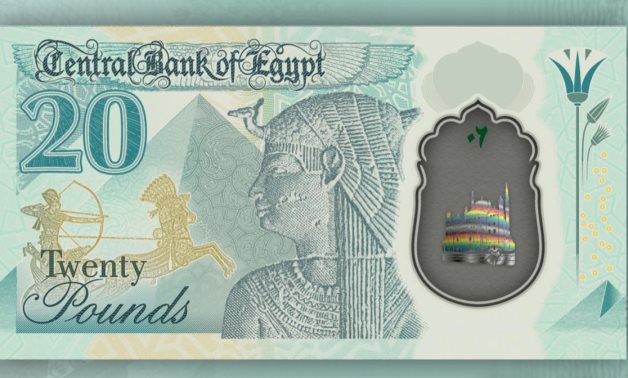
Plastic currencies are produced from polymer, and were first used as currency-making material in Australia in 1988.
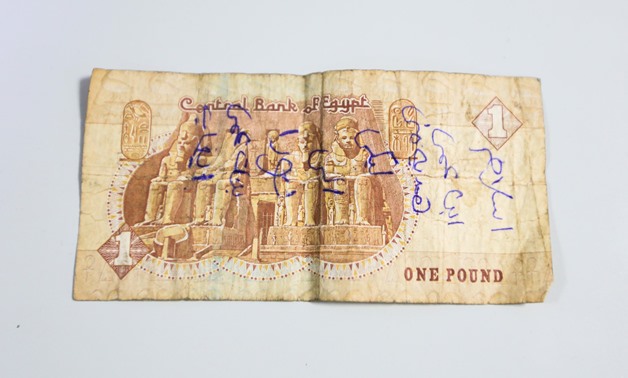
In a statement, the CBE reiterated dealing with all the banknotes in the markets will continue, defying claims that some paper currency categories will be banned as plastic banknotes are printed.

An official at the bank dismissed as groundless reports circulated in social media.
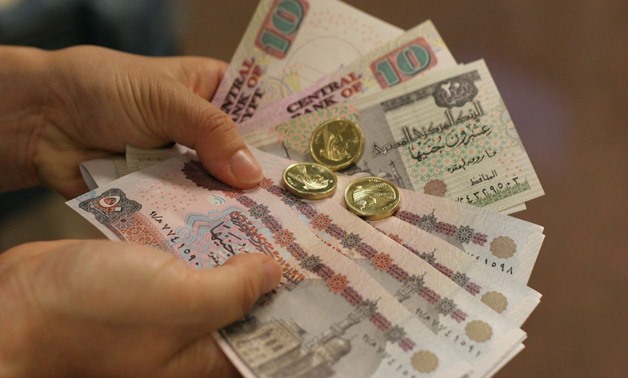
Gamal Negm, deputy governor of the Central Bank of Egypt said the country will start issuing plastic currency, starting with the LE 10 ($0.64) notes, as banknotes will be printed in the New Administrative Capital's printing facilities.

CBE said all phases of producing banknotes are carried out according to the latest technological means and are printed with advanced security processes.

The CBE’s decision was taken after members of the outlawed Muslim Brotherhood and opponents started trading with banknotes have phrases insulting President Abdel Fatah al-Sisi.
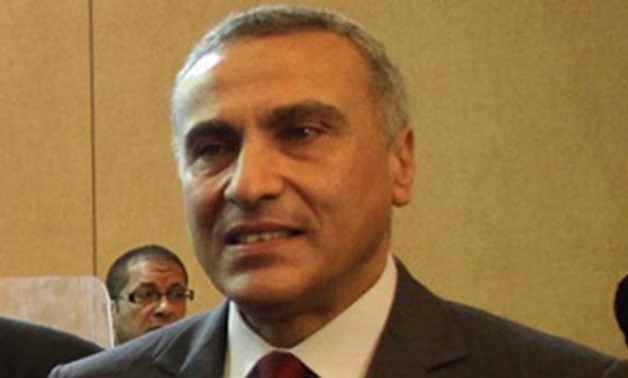
Negm stressed that the state is currently supporting the expansion in the financial technology and electronic payments field.
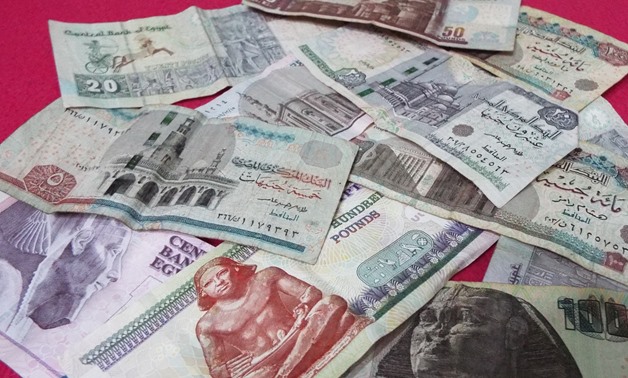
We take you through all the images on Egyptian banknotes, detailing what they represent.

The money was pumped in more than 3,500 ATMs across Egypt.

gypt’s M2 money supply was up 38.74 percent at the end of July from a year earlier.
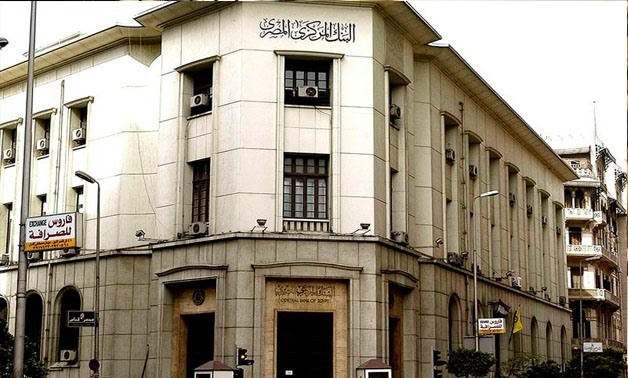
Egypt’s central bank has printed 100 million of the LE 1 notes in January and 100 million of the LE 0.5 notes.